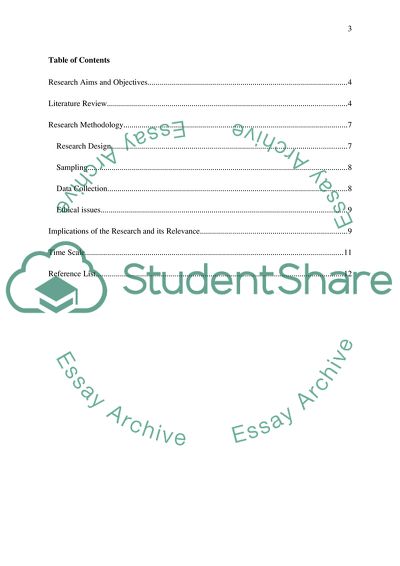Cite this document
(How Is the Internet and Social Media Changing the Way We Learn in Work Research Proposal, n.d.)
How Is the Internet and Social Media Changing the Way We Learn in Work Research Proposal. Retrieved from https://studentshare.org/human-resources/1686163-how-is-the-internet-and-social-media-changing-the-way-we-learn-in-work-place
How Is the Internet and Social Media Changing the Way We Learn in Work Research Proposal. Retrieved from https://studentshare.org/human-resources/1686163-how-is-the-internet-and-social-media-changing-the-way-we-learn-in-work-place
(How Is the Internet and Social Media Changing the Way We Learn in Work Research Proposal)
How Is the Internet and Social Media Changing the Way We Learn in Work Research Proposal. https://studentshare.org/human-resources/1686163-how-is-the-internet-and-social-media-changing-the-way-we-learn-in-work-place.
How Is the Internet and Social Media Changing the Way We Learn in Work Research Proposal. https://studentshare.org/human-resources/1686163-how-is-the-internet-and-social-media-changing-the-way-we-learn-in-work-place.
“How Is the Internet and Social Media Changing the Way We Learn in Work Research Proposal”, n.d. https://studentshare.org/human-resources/1686163-how-is-the-internet-and-social-media-changing-the-way-we-learn-in-work-place.


